Athens has the great advantage of being located in the heart of the geographical point of the country, which makes it possible to visit beautiful places that are only 1-2 hours away and can combine driving, visiting archaeological sites, and not forgetting to visit the beach.
Now, when the real summer heat has not yet set in, when the weather is fine, there is an opportunity to go out into nature “for cultural tourism.” Although it costs nothing to combine “business with pleasure” – on the way to the archaeological site, stop on the embankment, drink a cup of coffee or swim in the cool sea waves.
At
Archaeological site of Mycenae. Distance 118 km, time 1.5 hours
We are talking about the kingdom of the mythical Agamemnon and the city, whose culture marked an entire era of Greek history. According to legend, it was founded by Perseus, since it was he who gave the order to the Cyclops to erect impressive walls. Mycenae spread out on a low hill above the plain of Argolis, from where it was possible to perfectly control the road and sea communications.
The archaeological site includes the acropolis and city walls, as well as scattered burial and residential complexes beyond. Among the most impressive monuments are, of course, the famous and often photographed Lion Gate, a symbol of the power and might of the Mycenaean rulers. Also of interest are four vaulted tombs: Lvov, Aegisthus, Clytemnestra and, to the south, the “Treasures of Atreus”.
In addition, on the territory of archaeological excavations there are a museum that tells about the life of the Mycenaeanstheir burial customs and activities.
Ticket price: full 12 euros, preferential 6 euros. Opening hours: from 05/02/2023 to 08/31/2023, 08:00-20:00.
In addition, you can combine an excursion to Mycenae with a walk around Nafplion and swimming on the huge sandy beach of Karathona. Or, alternatively, stop at Ag on the way back. Theodora or Kinete.
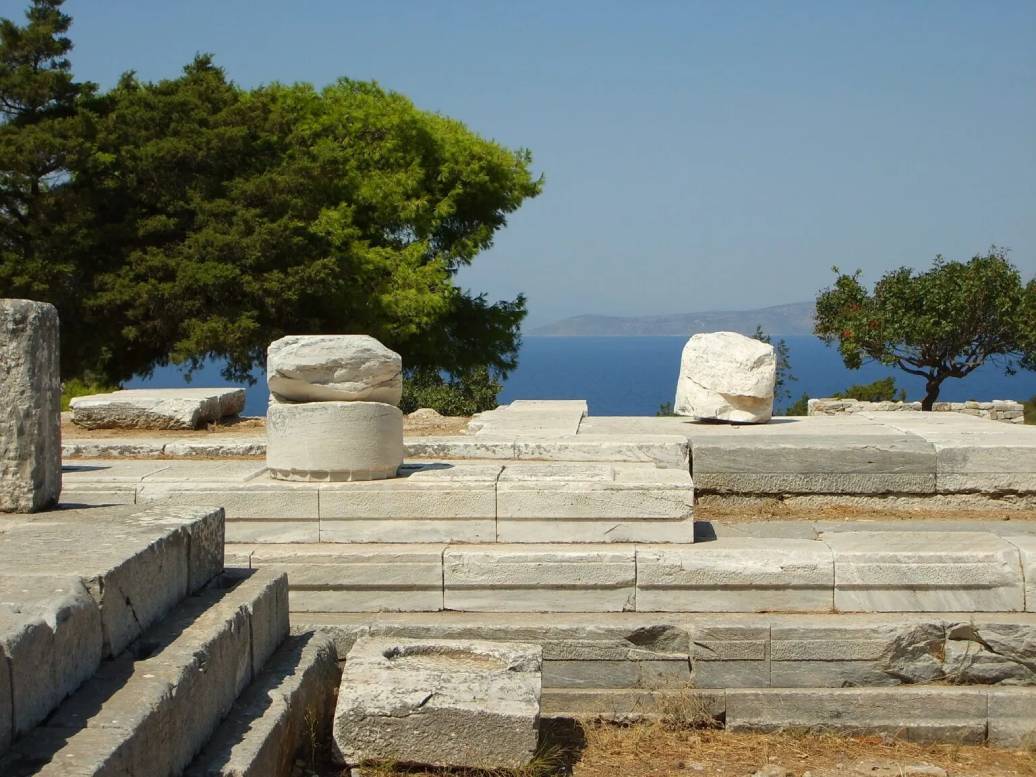
Archaeological site of Ramnuda. Distance 53 km, time 1 hour.
Located in Attica, the archaeological site of Ramnouda is a very good suggestion for a day trip. Here are the ruins of the ancient municipality of Ramnoudos, which belonged to the Ayantida tribe, one of the ten tribes of ancient Athens. In fact, according to the finds, the area has been inhabited since the Neolithic era.
From the 6th century BC, there was a sanctuary of Nemesis on this site. It was the most important deity in the Greek area but seems to have been destroyed by the Persians during their invasion in 480/479. BC. Subsequently, a Doric-style temple was built here with a Parian marble statue of the goddess, created by the hand of Phidias, which centuries later was destroyed by Christians.
Now on the territory of archaeological excavations only the ruins of the temple are visible. Subsequently, a fortress was erected here (presumably during the Peloponnesian War) to control the navy that transported grain to Athens. The settlement of ancient Ramnund is located on the outer perimeter of the fortress, and inside there were public and private buildings, including a theater and a gymnasium, as well as a municipal market. During the excavations, fragments of an ancient road were found that led to the municipality of Ramnuda, passed in front of the sanctuary of Nemesis and ended at the fortress.
Ticket price: full 4 euros, preferential 2 euros. Opening hours: daily 8:30-15:30, except Tuesday.
After visiting the archeological sites, you can swim and relax on the beaches:
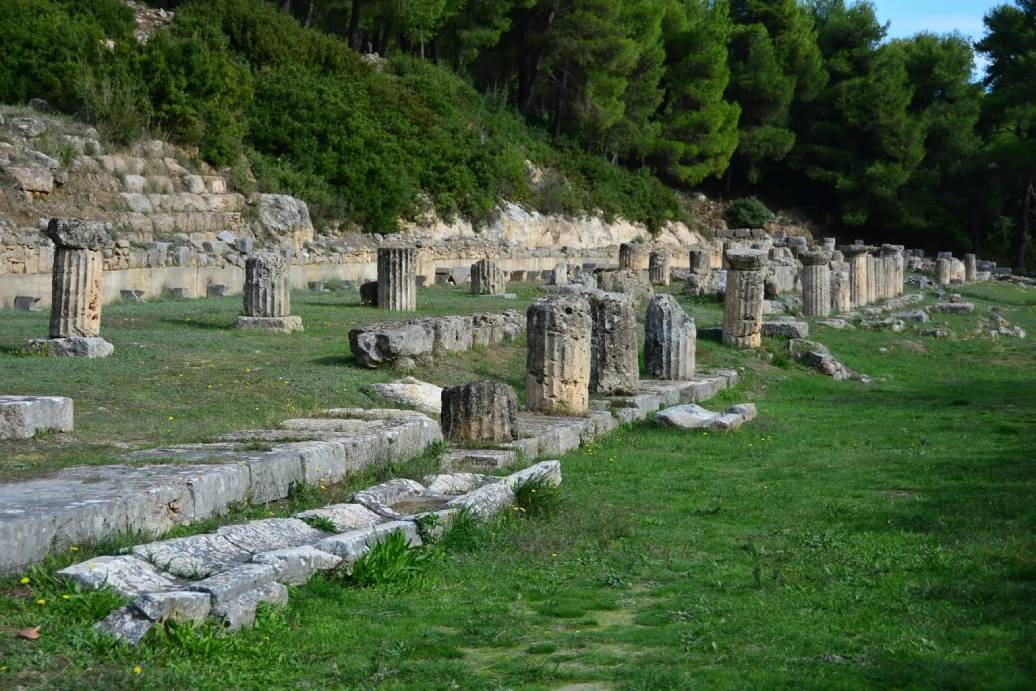
Archaeological excavations of Amphiareia Oropos. Distance 47 km, time 1 hour.
Amphiareo is located in a small valley southwest of Skala Oropos and was the largest temple in ancient Greece, dedicated to the chthonic god and hero Argos Amfiaraos. It was founded at the end of the 5th century BC when Oropos was a vassal of the Athenians. Gradually, the sanctuary gained fame. Here they began to arrange competitions – the famous amphiaria. Every year small and every fifth year great Amphiarii took place here, in which athletes, scientists and actors from all over Greece, Lower Italy and the coasts of Asia Minor took part.
Oropos was an important port in antiquity, as it communicated with Evia, so it was claimed by both the Athenians and the Boeotians. However, he finally switched to the former at the beginning of the 6th century BC, regaining his autonomy. The sanctuary continued to flourish after 146 BC, when Roman rule began in Greece: the cult of Amphiaraus later died out with the dynamic arrival of Christianity. Today, fragments of the altar of the sanctuary, which had a monumental size, as well as baths, the ruins of a large portico of the temple and an ancient theater, have been preserved.
Ticket price: full 3 euros, reduced 2 euros. Opening hours: daily from 8:30 to 15:30.
You can complete your walk along Amfiareo with a rest on the beach. If you like to collect shells, you will find a lot of them here. It will also be nice to walk on the sand, next to the wetland in the village of Agios Konstantinos, between Chalkoutsi and Oropou Rock – a place where kitesurfing friends also practice this sport. However, for swimming it is better to go to Kalamos and Ag. Apostoliou.
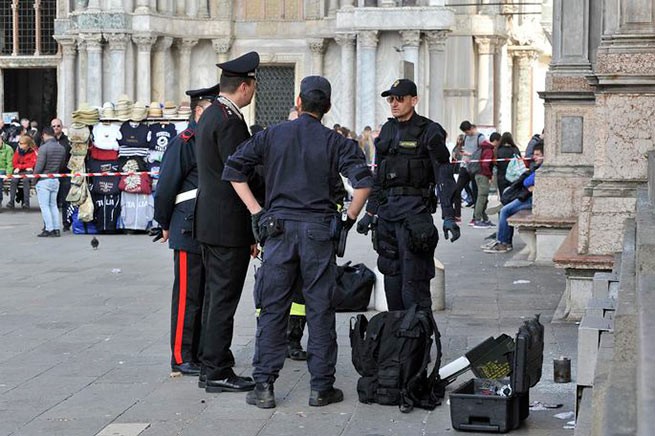



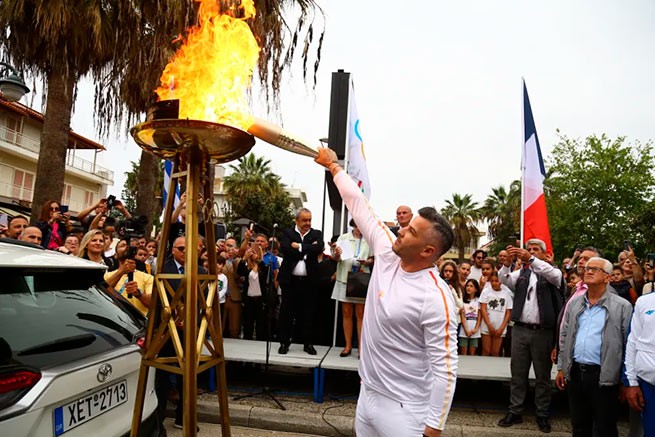
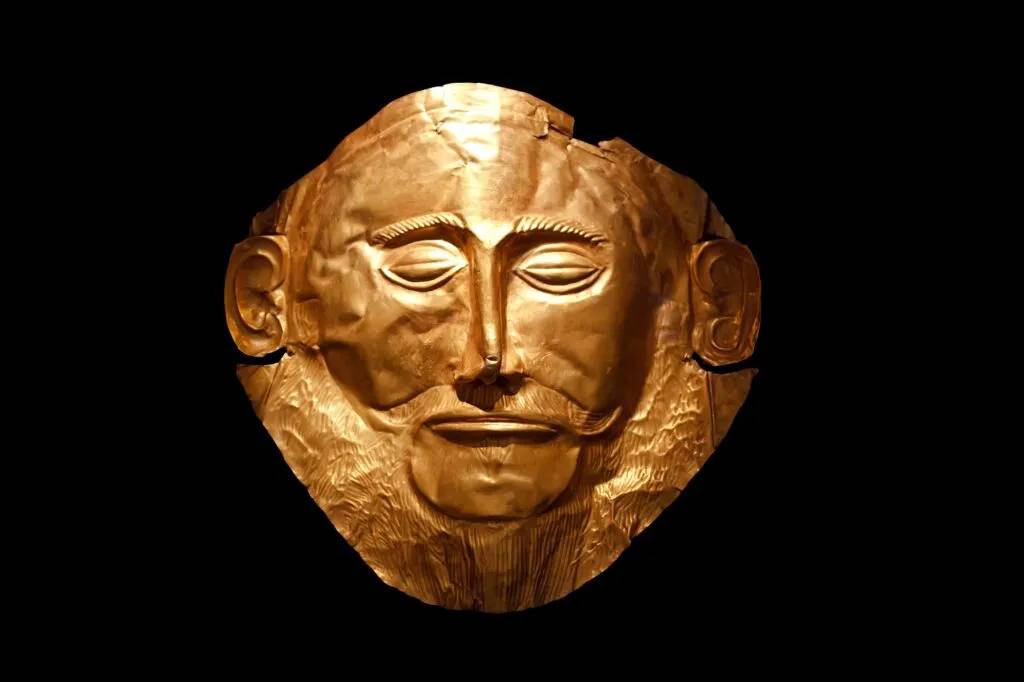

More Stories
A village considered the most picturesque in Greece
"Leaning Tower of Pisa" in Greece: the Roboto paradox
Travel in 2024: the most dangerous and safest destinations